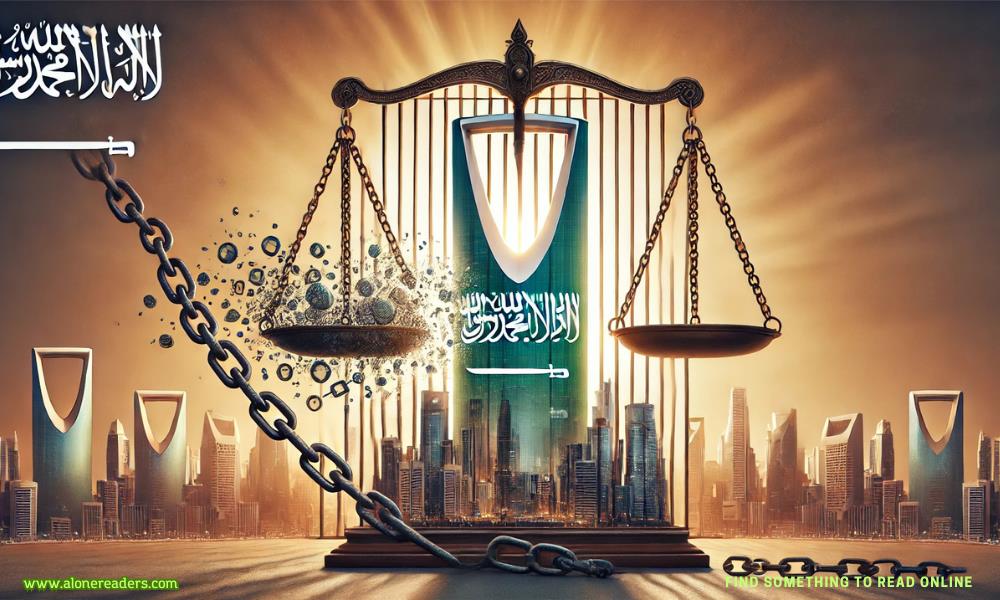
In 2017, Saudi Arabia witnessed an unprecedented political and economic shakeup as Crown Prince Mohammed bin Salman launched a bold anti-corruption purge. This dramatic move targeted some of the kingdom’s most powerful figures, including royals, ministers, and influential businessmen. The operation, widely publicized and closely watched by global observers, was framed as a necessary step to combat corruption and reform Saudi Arabia’s economy. However, it also raised questions about its underlying motives and long-term implications for the Saudi elite and the country’s governance.
The purge began on November 4, 2017, when dozens of high-profile individuals were arrested and detained in Riyadh’s opulent Ritz-Carlton hotel, which was temporarily converted into a detention center. Among those detained were prominent figures such as Prince Alwaleed bin Talal, an internationally known billionaire investor, and Bakr bin Laden, chairman of the Saudi Binladin Group. The arrests were executed by the newly formed anti-corruption committee, chaired by Mohammed bin Salman, granting him extraordinary powers to investigate and act without judicial oversight.
Crown Prince Mohammed bin Salman presented the operation as part of Vision 2030, his ambitious reform agenda aimed at diversifying Saudi Arabia’s oil-dependent economy and modernizing its society. By tackling corruption, the prince sought to establish greater transparency and accountability, which were essential for attracting foreign investment and boosting investor confidence in the kingdom. The government claimed that billions of dollars had been siphoned off through corrupt practices over decades, and recovering these funds was seen as vital for funding the nation’s transformation.
Critics, however, interpreted the purge as a strategic power play by Mohammed bin Salman to consolidate his authority and eliminate potential rivals within the royal family and business elite. The Crown Prince’s rapid ascent to power had already disrupted the traditional consensus-driven decision-making process that characterized the Saudi monarchy. By sidelining or neutralizing influential figures, he further centralized power, positioning himself as the undisputed leader of Saudi Arabia.
The Ritz-Carlton detainees were reportedly subjected to intense questioning and pressure to surrender significant portions of their wealth in exchange for their release. Over the following months, many of the detainees struck financial settlements with the government, reportedly yielding over $100 billion in recovered assets. These settlements, often opaque, included cash, real estate, and business stakes, raising concerns about due process and the legality of such arrangements. Some detainees, including Prince Miteb bin Abdullah, head of the Saudi National Guard, were released after reaching settlements, while others faced prolonged detention or legal action.
The international reaction to the anti-corruption purge was mixed. While some praised it as a long-overdue crackdown on entrenched corruption, others criticized the lack of transparency and questioned the Crown Prince’s commitment to genuine reform. Human rights organizations expressed concern over reports of coercion, abuse, and the absence of fair trials for the detainees. The Ritz-Carlton’s transformation into a luxurious prison became a symbol of the stark contrasts in Mohammed bin Salman’s approach—grand ambitions paired with a willingness to bypass traditional norms and institutions.
Domestically, the purge generated both support and apprehension. Many Saudis welcomed the crackdown on corruption, viewing it as a necessary step toward reforming a system long perceived as benefiting a privileged few. However, the concentration of power in Mohammed bin Salman’s hands also created unease among those wary of authoritarian tendencies. The removal of influential figures from the business sector disrupted the economy in the short term, with companies linked to detained individuals experiencing uncertainty and operational challenges.
Beyond its immediate impact, the anti-corruption purge had significant implications for the Saudi elite and the kingdom’s political landscape. The operation marked a departure from the delicate balancing act that had historically defined relations within the royal family. By targeting senior princes and other powerful figures, Mohammed bin Salman signaled a willingness to upend established hierarchies in pursuit of his vision for Saudi Arabia. This shift reinforced the Crown Prince’s dominance but also deepened divisions among the elite, potentially sowing seeds of dissent that could emerge in the future.
The purge also served as a defining moment in Saudi Arabia’s global image. Mohammed bin Salman’s efforts to portray himself as a reformer and modernizer were both bolstered and challenged by the operation. While the Crown Prince’s decisive actions showcased his determination to reshape Saudi Arabia, the heavy-handed tactics and controversies surrounding the purge underscored the complexities of his leadership style. The operation highlighted the tension between the need for reform and the risks of authoritarianism in a rapidly changing society.
As the dust settled, the anti-corruption purge left an indelible mark on Saudi Arabia’s trajectory. It underscored the Crown Prince’s commitment to his Vision 2030 agenda and his willingness to disrupt entrenched power structures. At the same time, it revealed the challenges and contradictions inherent in pursuing sweeping reforms in a system deeply rooted in tradition and privilege. For better or worse, the 2017 purge represented a pivotal moment in the kingdom’s history, reshaping the dynamics of power and setting the stage for the future of Saudi Arabia.